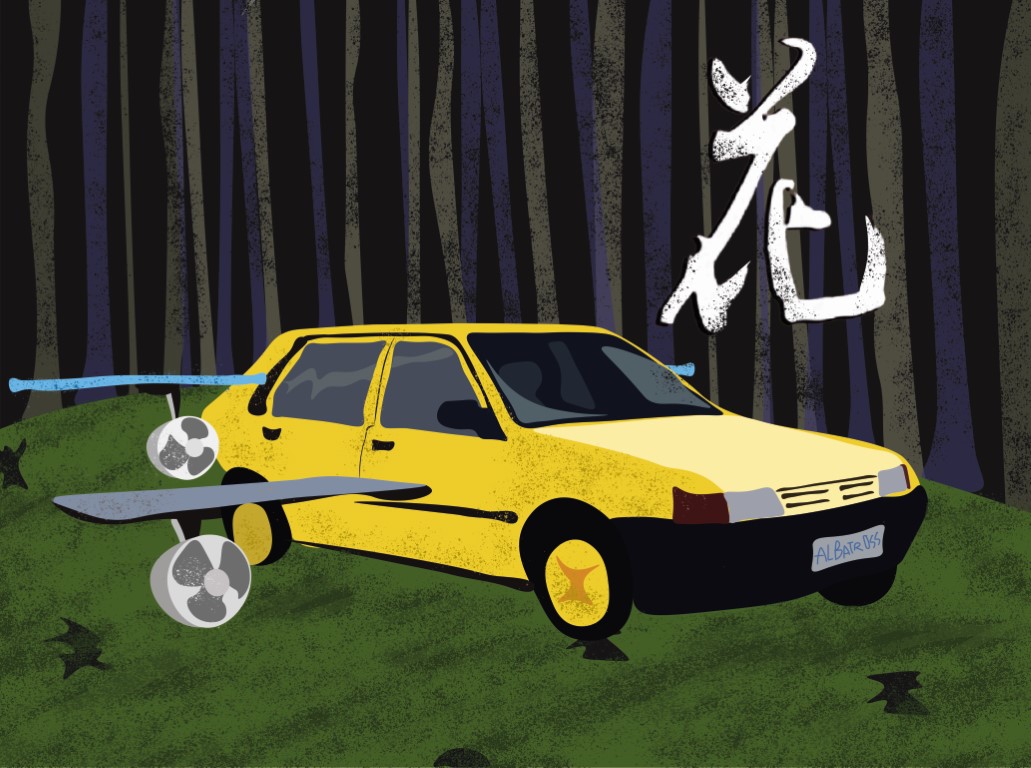
The history of virtual bands
By Caroline Ho, Arts Editor
A lot of music listeners probably don’t have much direct interaction with their favourite artists and musicians. Aside from seeing them in concert when they come to town, and maybe a meet and greet if you’re lucky, we hear and see artists through music videos and taped concerts. But what if the real musicians don’t actually exist? That’s the idea behind virtual or cartoon bands, made up of fictional members who are animated characters. Although there are of course some humans producing the sounds on some level, the music is marketed and sometimes even “performed” as if entirely created by the virtual artists.
The first group that can be considered a virtual band is Alvin and the Chipmunks, created by Ross Bagdasarian Sr., who used the stage name David Seville. In the holiday season of 1958, he released the wildly popular “The Chipmunk Song (Christmas Don’t Be Late),” featuring Seville and his three fictional rodent companions: Alvin, Simon, and Theodore. Bagdasarian sped up recordings of his own voice to create the distinctive high-pitched voices of the chipmunks. After the success of “The Chipmunk Song,” which won Bagdasarian two Grammy Awards, Alvin and the Chipmunks released several more singles and albums, began appearing in comic books in 1959, and had their first animated TV show, The Alvin Show, in 1961.
More virtual musicians from TV cartoons followed in the next few decades. The Archies, made up of the main characters from the Archie comics universe, debuted in 1968 with The Archie Show. The music was made by real-life studio musicians, but “performed” by Archie, Reggie, Jughead, Veronica, and Betty. Their song “Sugar, Sugar” became the Billboard Hot 100 top track of 1969.
After the Archies, other TV shows that featured fictional bands started popping up, like Josie and the Pussycats (1970–71) and Butch Cassidy and the Sundance Kids (1973) from animation studio Hanna-Barbera Productions (the studio behind cartoons like The Flintstones and Scooby-Doo). None of these cartoons quite reached the popularity of the Archies, but shows following the adventures of fictional musicians still appear—like Adult Swim show Metalocalypse (2006–13), featuring metal group Dethklok. Dethklok has released four studio albums, and the real musicians behind the songs have also gone on tour.
But probably the most obvious and successful virtual band is one that wasn’t created for a TV show. Gorillaz were formed in the late ’90s by British musician Damon Albarn and comic book artist Jamie Hewlett. According to an interview with Wired Magazine, the duo created the band as a comment on the emptiness that they saw on MTV. (There’s also a very detailed backstory on the band’s four virtual members 2-D, Murdoc, Russel, and Noodle.) Since 2001, Gorillaz have been producing alt-rock hits like “Clint Eastwood” and “Feel Good Inc.,” with music made by Albarn and many guest musicians. They’ve gone on plenty of tours and put on concerts, some of which have live musicians playing in front of projector screens showing graphics created by Hewlett, and some of which show the band members as holographic projections. Gorillaz also hold the Guinness World Record for Most Successful Virtual Band.
And sometimes there aren’t even real musicians directly behind virtual artists. That’s the case for Hatsune Miku, a mascot for the Japanese Vocaloid software. Vocaloid is a kind of singing voice synthesizer where a user inputs lyrics and a melody, and pre-recorded vocals are used to “sing” the music—basically, you put in a song, and Miku sings it. First released with the Vocaloid 2 software in 2007, she has since been featured in her own anime and manga, video games, and has done numerous “live” concerts around the world as a singing, dancing projection, drawing massive crowds. Miku has tens if not hundreds of thousands of user-created songs to her name, and she was even an opening act for Lady Gaga’s ArtRave tour in 2014.
Virtual bands are the curious confluence of virtual reality and celebrity culture. Maybe next we can just be virtual listeners, too.

